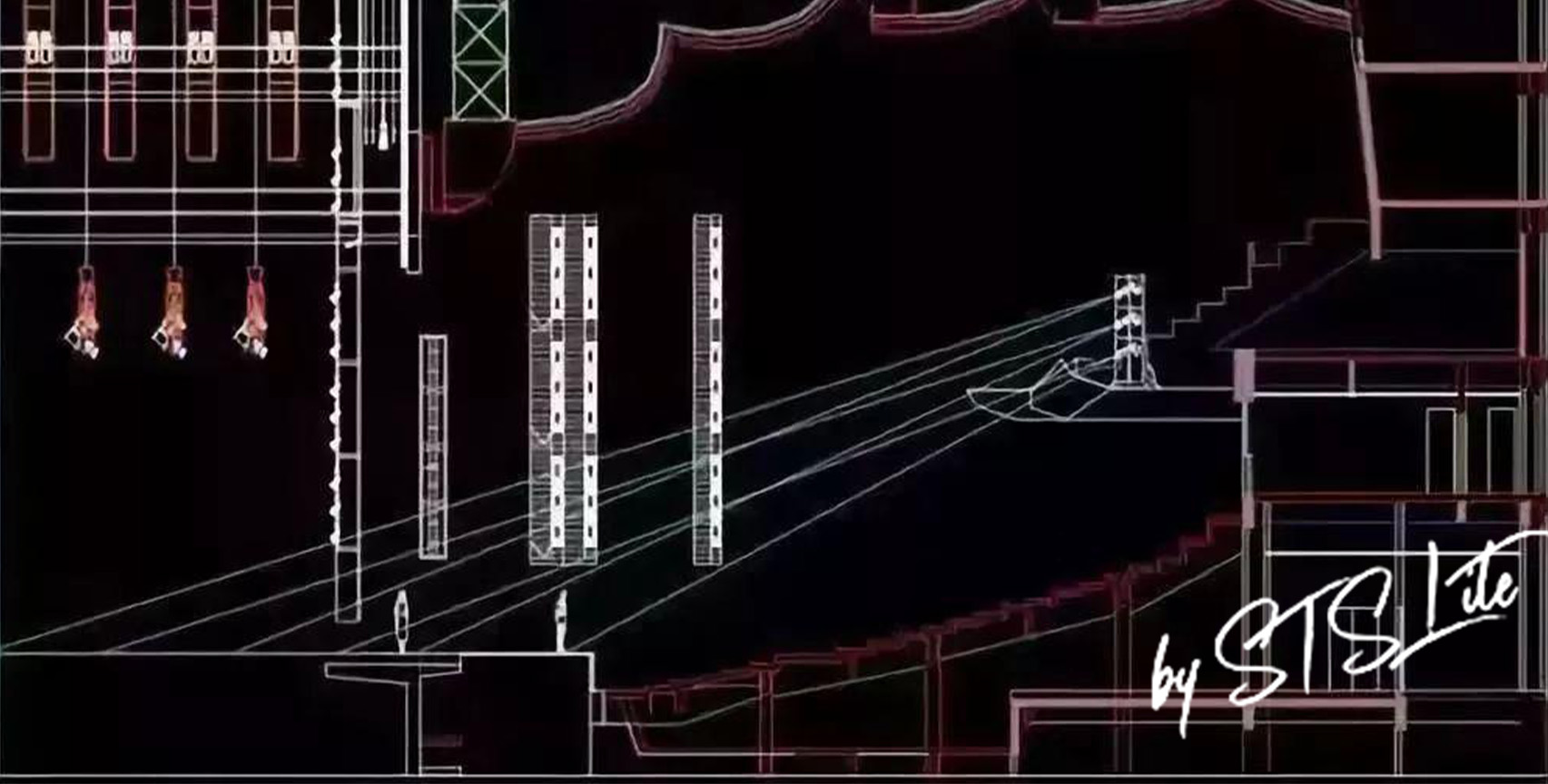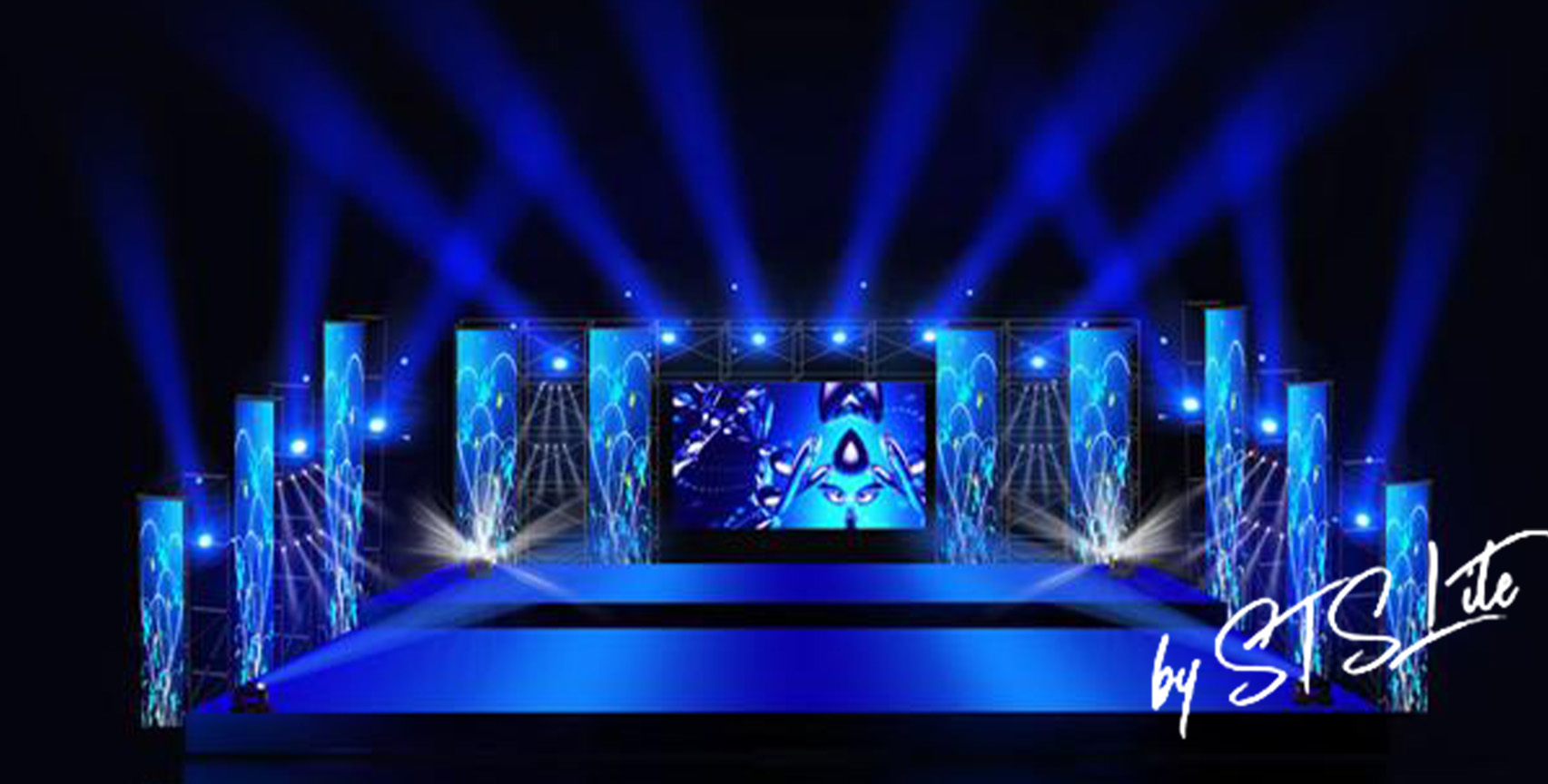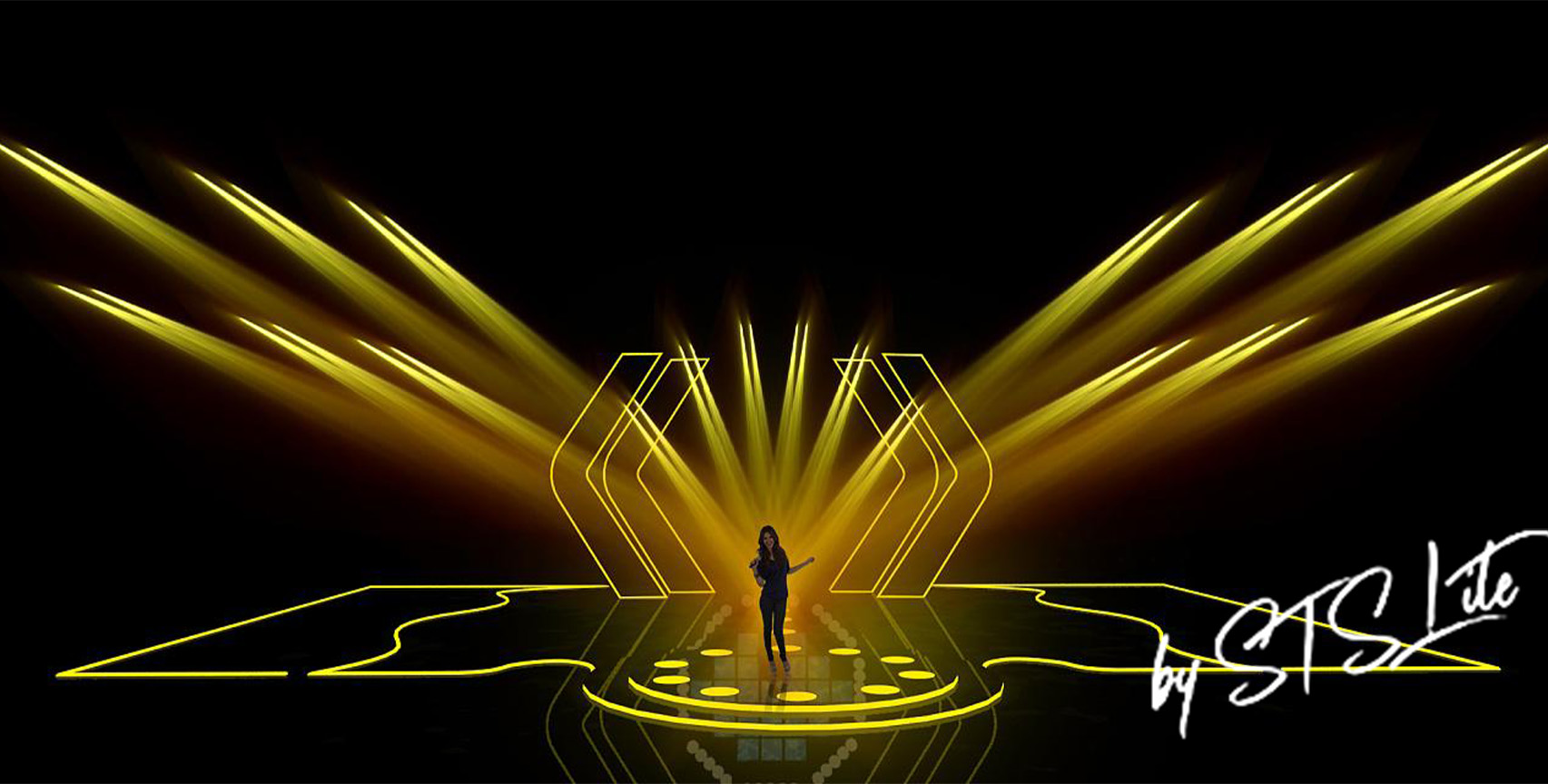Once we saw the excellent performances of the actors on the stage, they are so amazing. In fact, behind their successful performances, there is also a part of the stage lighting design.
Nowadays, many institutions, colleges, societies, companies, etc. have their own halls, auditoriums, multi-function halls and other variety venues. They need to be equipped with some corresponding professional lighting equipment. Due to the lack of understanding of stage lighting, I don’t know how to choose the right one. Professional lighting equipment, and many professional lighting equipment sellers have a little knowledge of professional stage lighting equipment and cannot give correct guidance to incur a waste of funds. In order to prevent unnecessary waste, here we would like to share some basic common sense of stage lighting.
The related requirements of stage lighting design are to be able to meet the requirements of large-scale singing and dancing evenings, cultural performances, dramas, concerts and large-scale conferences. Some simple requirements must be followed first.

1. Common light positions of stage lighting
To do a good job in the configuration of professional stage lights, you must first understand the common light positions of stage lights, which is an important part of the correct selection and configuration.
(1). Surface light: The light projected from the top of the audience to the stage is mainly used for the front lighting of the characters and the basic light of the whole stage.
(2). Slap: Located on both sides of the proscenium, the light projected obliquely on the stage is divided into upper and lower layers, mainly to help the surface light, enhance the facial lighting, and increase the flatness of the characters and scenery.
(3). Pillar light (also known as side light): The light projected from both sides of the proscenium is mainly used to illuminate the two sides of characters and scenery to increase the sense of flatness and contour.
(4). Top light: the light projected from the top of the stage to the stage, from front to back is divided into a row of top lights, two rows of top lights, three rows of top lights, etc. It is mainly used for stage general lighting to increase stage illuminance, and there are many sceneries , Fixed-point mapping of props.
(5). Backlight: The light projected from the opposite direction of the stage (such as top light, bridge light, etc.) can outline the outline of characters and scenery, enhance the sense of flatness and transparency, and can also be used as a specific light source.
(6). Bridge light: The light projected on the stage at the flyovers on both sides of the stage is mainly used to assist the column light, enhance the sense of plane, and also used for other light positions that are inconvenient to project. It can also be used as a specific light source.
(7). Foot light: The light projected from the platform in front of the proscenium to the stage, which mainly assists in the surface lighting and eliminates the shadows formed by the faces and jaws of the characters reflected by the high positions such as the surface light.
(8). Heaven and earth emission: the light projected from above and below the sky screen to the sky screen is mainly used for the lighting and color change of the sky screen.
(9). Activity light: Located on the movable light stands on both sides of the stage, it mainly assists the bridge light and supplements the light on both sides of the stage and other specific light.
(10). Follow the light: the light position needed from the auditorium or other positions is mainly used to track actors playing or highlight a specific light, and also used to control people. It is the close-up pen of stage art and plays the role of finishing touch.

2. Commonly used lamps and their characteristics
(1). Spotlight: It is one of the most common main types of lights used in stage lighting. It reflects the concentrated light, the edge of the light spot is relatively clear, can highlight a part, and can also magnify the light spot to illuminate an area. As the main light source of the stage, it is often used for surface light, slap light, side light and other light positions.
(2). Soft light: The light is gentle and well-proportioned, which can highlight a certain part without stiff spot, which is convenient for the connection of several lights. It is often used for close-spaced light positions such as column light and active light.
(3). Backlight: It is a reflective type lamp, which is characterized by hard light quality, high illuminance and long range. It is an economical and efficient strong light lamp.
(4). Astigmatism lamp: The light is diffuse, well-proportioned, and has a large projection area. It is divided into sky astigmatism and ground astigmatism. It is often used for sky screen projection, and can also be used for general lighting of theater rostrum.
(5). Exterior light: The principle lies between the follow spot light and the spotlight. It is a special type of lamp, mainly used for the exterior projection of characters and scenery.
(6). Foot light (also known as strip light): the light is mild and the area is universal. It is mainly used for lighting and coloring to the middle scene and net scene, and can also be used as auxiliary surface lighting at the proscenium position.
(7). Beam lamp (also known as downlight): It is widely used at present, and can be used to illuminate people and scenery in all directions. It can also be directly installed on the stage and exposed to the audience to form a light array, which is used for stage decoration and lighting.
(8). Projection slides and sky curtain effect lights: can form an overall picture on the stage canopy, and various special effects, such as: wind, rain, thunder, electricity, water, fire, smoke, clouds, etc.
(9). Computer light: This is a smart lamp controlled by DMX512 or RS232 or PMX signal. Its light color, spot and illuminance are better than the above conventional lamps. It is a kind of smart lamp that has been developed rapidly in recent years. It is often installed in surface light. , Top light, stage back steps and other positions, the color, shape, picture, etc. in operation can be programmed for operation. Due to the different power levels, the application on the stage should be different. Ordinary low-power computer lights are only suitable for ballroom use. On the stage, low-power computer lighting lines and spots are often diluted by stage spotlights and return lights, so special attention should be paid to the selection.
(10). Follow-up light: It is a stage lighting fixture with high brightness and lens imaging, which can show a clear light spot. After adjusting the focal length, it can also change the true or false light spot. There is a movable light bar, which can easily change the color, and the lamp body can run freely, etc. At present, there are many types in the market, and the way of marking indicators is different. Power-based specifications such as: 1KW halogen tungsten light source, 1KW metal halide light source, 2KW metal halide light source, etc. There are also follow spot lights with interval as the standard (in specific The light intensity and illuminance under the interval), such as 8-10m follow spot light, 15-30m follow spot light, 30-50m follow spot light, 50-80 follow spot light, etc., and distinguished in function as: mechanical follow spot light , The focus, light barrier, and color change are all done manually; the other is a computer follow-up light. The focus, light barrier, color change, and color temperature adjustment are all done automatically by push-pull electrical appliances, so be sure to choose the various indicators in carefully.
After understanding the basic common sense of the above basic stage lighting, it is also the key to choose a product supplier with a good reputation and strong reputation. STS was established in 2012 and is a professional manufacturer and exporter engaged in lighting equipment design, research and development, production, sales and service. We have an advanced and experienced production management team and a professional customer service team. Based on the ISO management system, we strictly implement standard quality inspections on raw materials, semi-finished products and final products. Our business policy is "Quality First, Customer First". We also provide professional OEM services for world-renowned brands.
